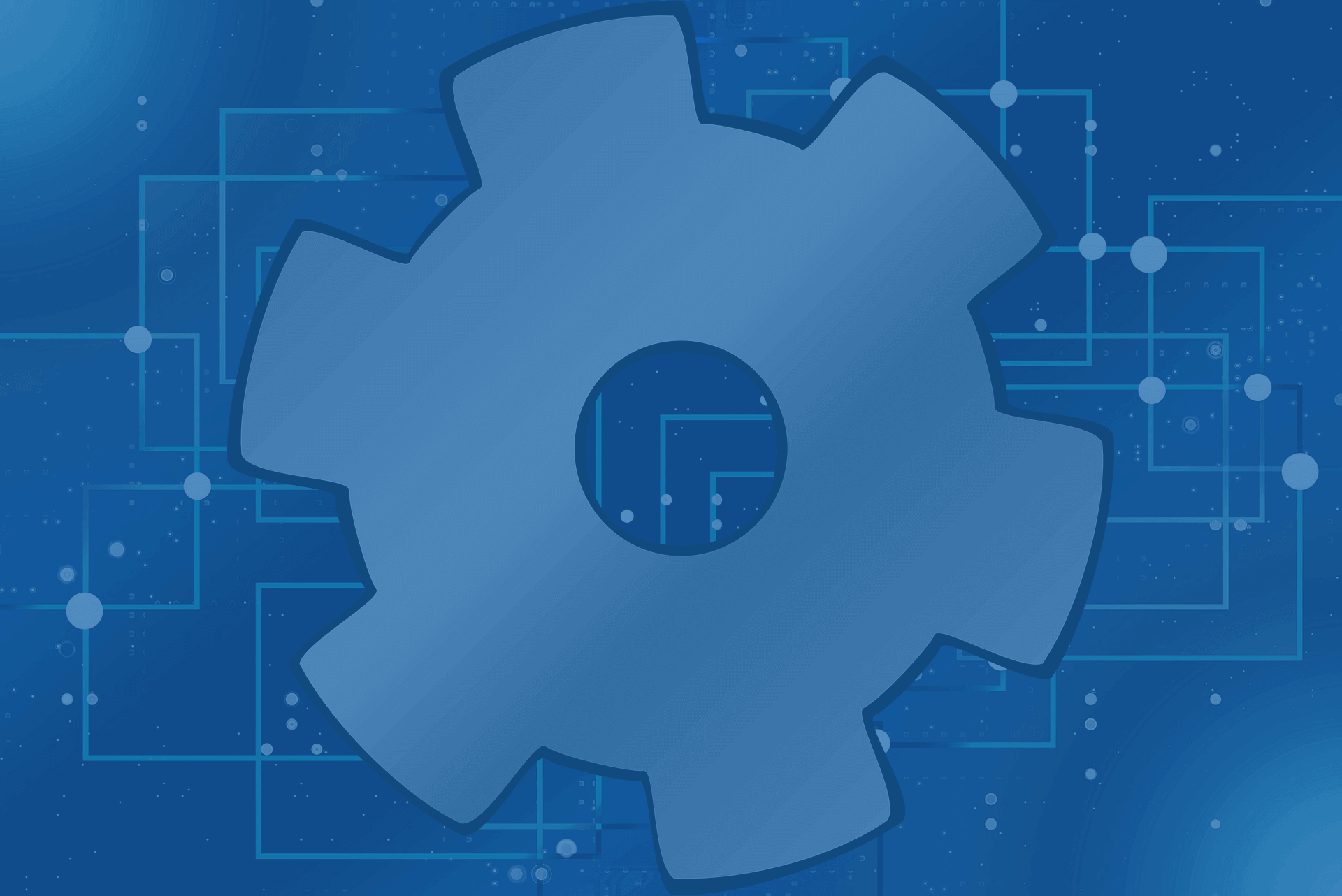Navigating the complexities of modern cybersecurity necessitates the understanding of Identity and Access Management (IAM). As organizations expand their digital frontiers, safeguarding sensitive information and resources becomes paramount. IAM is the bedrock for securing access within an organization, ensuring that the right individuals have the appropriate access to the resources they need to fulfill their roles. This article delves into the four critical components of this security framework and explores how identity and access management tools implement these elements to enhance organizational security and efficiency.
Identification: The Starting Point of Access
Identification marks the initial step in the process, serving as the foundation for distinguishing between users within a system. It involves assigning a unique identifier, such as a username or an employee ID, to each individual in the organization. This uniqueness is crucial for accurately associating actions and permissions with the correct user. Identification is the cornerstone for subsequent working processes, where the identity must first be recognized before any access is granted.
Relevant tools leverage advanced technologies to streamline the identification process, incorporating methods like single sign-on (SSO) systems. These systems simplify the user experience by allowing one set of credentials to access multiple applications, reducing the burden of remembering numerous usernames and passwords.
Authentication: Verifying Identity
Following identification, authentication verifies the legitimacy of a user’s claim to an identity. This process requires users to demonstrate their ownership of the identifier, typically through passwords, biometric scans, or security tokens. The evolution of authentication mechanisms has introduced multi-factor authentication (MFA), significantly enhancing security by requiring two or more verification methods.
Security tools incorporate robust authentication protocols to ensure that access requests are legitimate. By integrating MFA, these tools add an extra layer of security, making it substantially more challenging for unauthorized entities to gain access.
Authorization: Determining Access Levels
Once a user’s identity is authenticated, the next crucial step is authorization, which determines what resources the user can access and what measures they can take. Authorization policies are often role-based, with permissions assigned according to the user’s role in the organization. This ensures that individuals have access only to the information and resources necessary for their duties, adhering to the principle of least privilege.
Management tools are pivotal in managing complex authorization schemes, enabling administrators to seamlessly define and enforce access policies. These tools can also automate the process of granting or revoking access rights, streamlining operations and mitigating the risk of unauthorized access.
Audit and Reporting: Ensuring Accountability and Compliance
The final component of IAM involves monitoring and recording user activities to ensure compliance with security policies and regulatory requirements. Audit logs capture detailed information about access events, including the user’s identity, the time of access, and the specific resources accessed. This information is critical for detecting security breaches, investigating incidents, and demonstrating compliance with industry regulations.
Supportive tools offer comprehensive audit and reporting capabilities, giving organizations visibility into user activities across their digital environments. By analyzing audit logs, businesses can identify potential security vulnerabilities, monitor for unusual access patterns, and make informed decisions to strengthen their security stance.
The Synergy of IAM Components and Tools
Integrating identification, authentication, authorization, and audit and reporting within IAM tools offers a holistic approach to managing access in today’s complex IT environments. By meticulously implementing these components, organizations can fortify their defenses against cyber threats, ensure operational efficiency, and comply with regulatory mandates.
Effective strategies hinge on the seamless operation of these components, underscored by the deployment of advanced tools that embody these principles. As organizations continue to navigate the challenges of digital security, the role of this framework in safeguarding digital assets and facilitating secure, efficient operations remains indispensable.
The journey through the Identity and Access Management landscape illuminates the essential role of its foundational components in securing digital environments. By strategically implementing identity and access management tools that embody these principles, organizations can balance robust security measures and operational efficiency. The ongoing evolution of such technologies promises to further enhance businesses’ capability to protect their digital frontiers while empowering users with the access they need to thrive in their respective roles.
